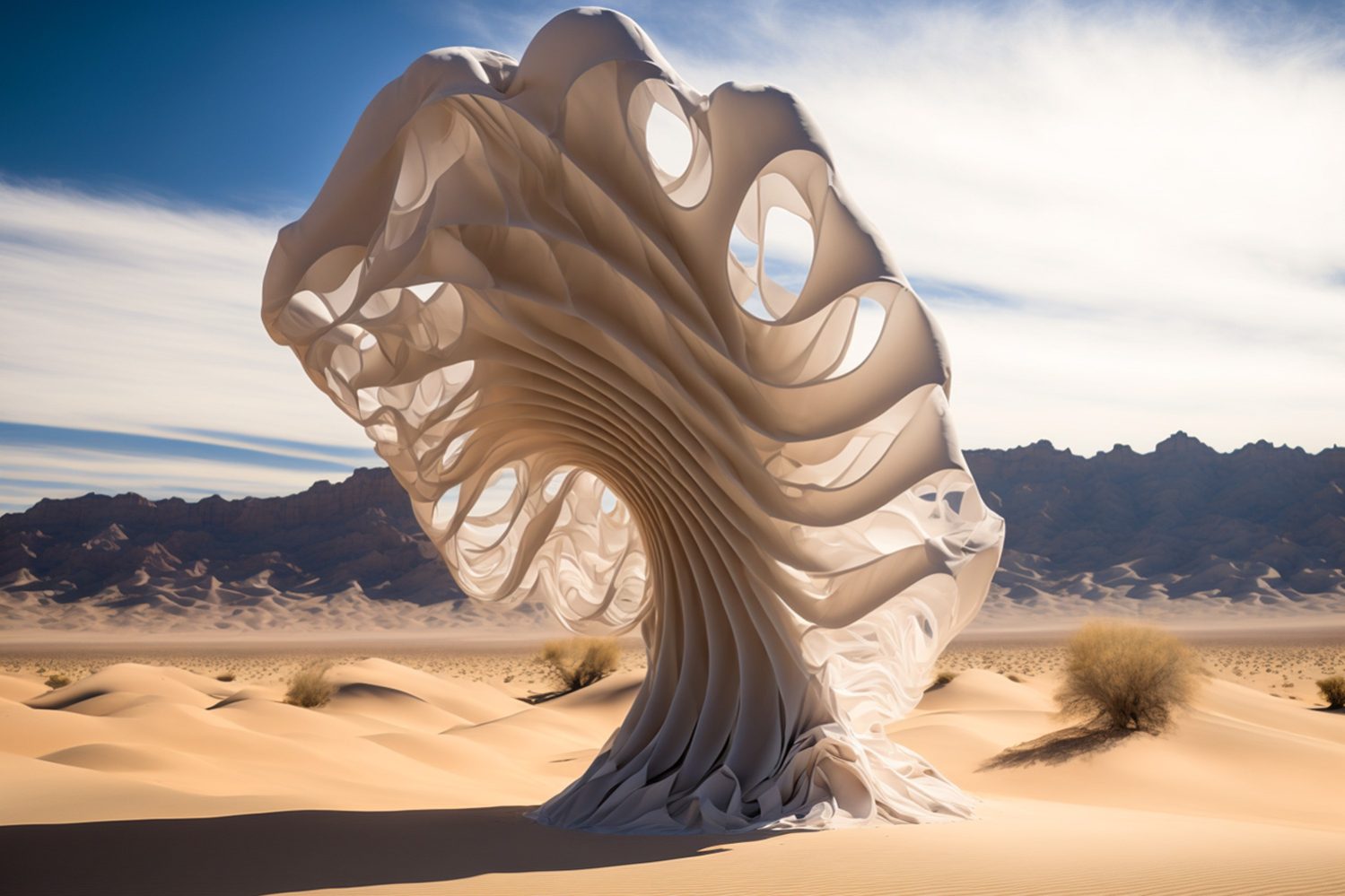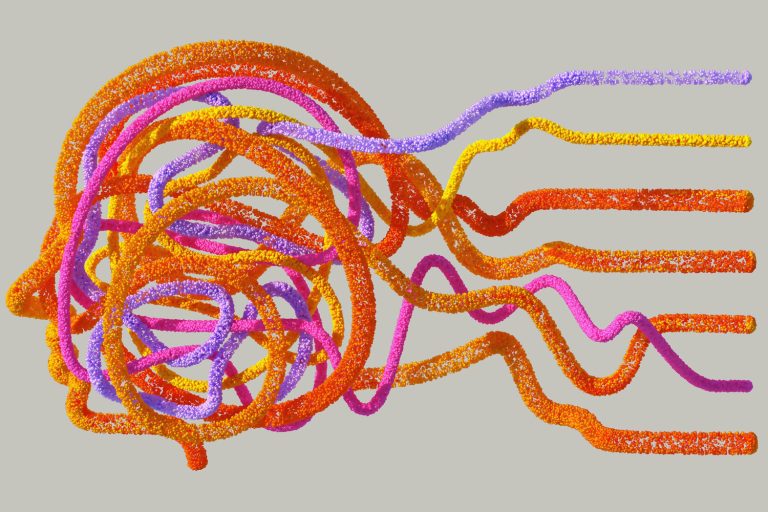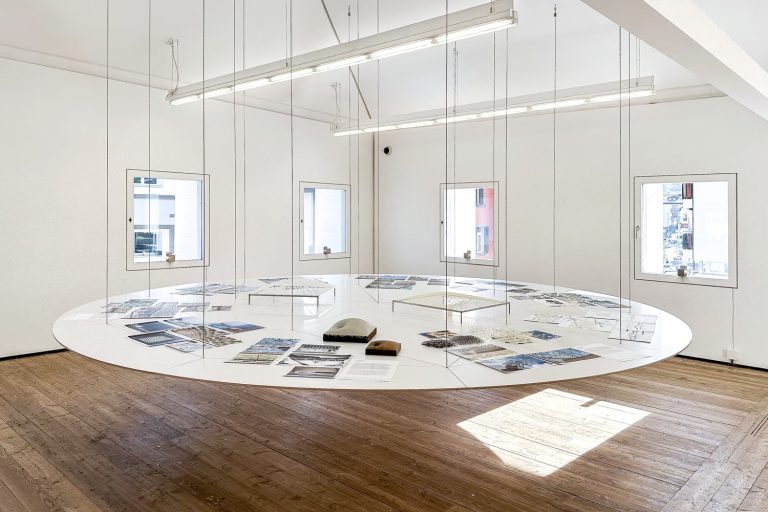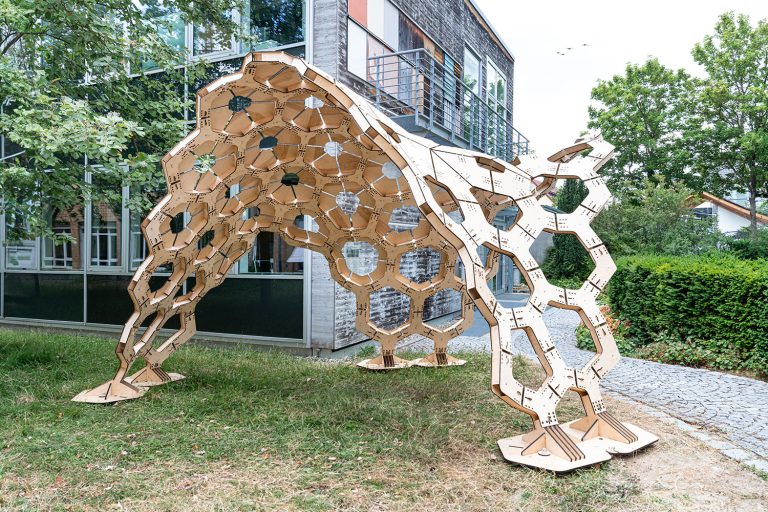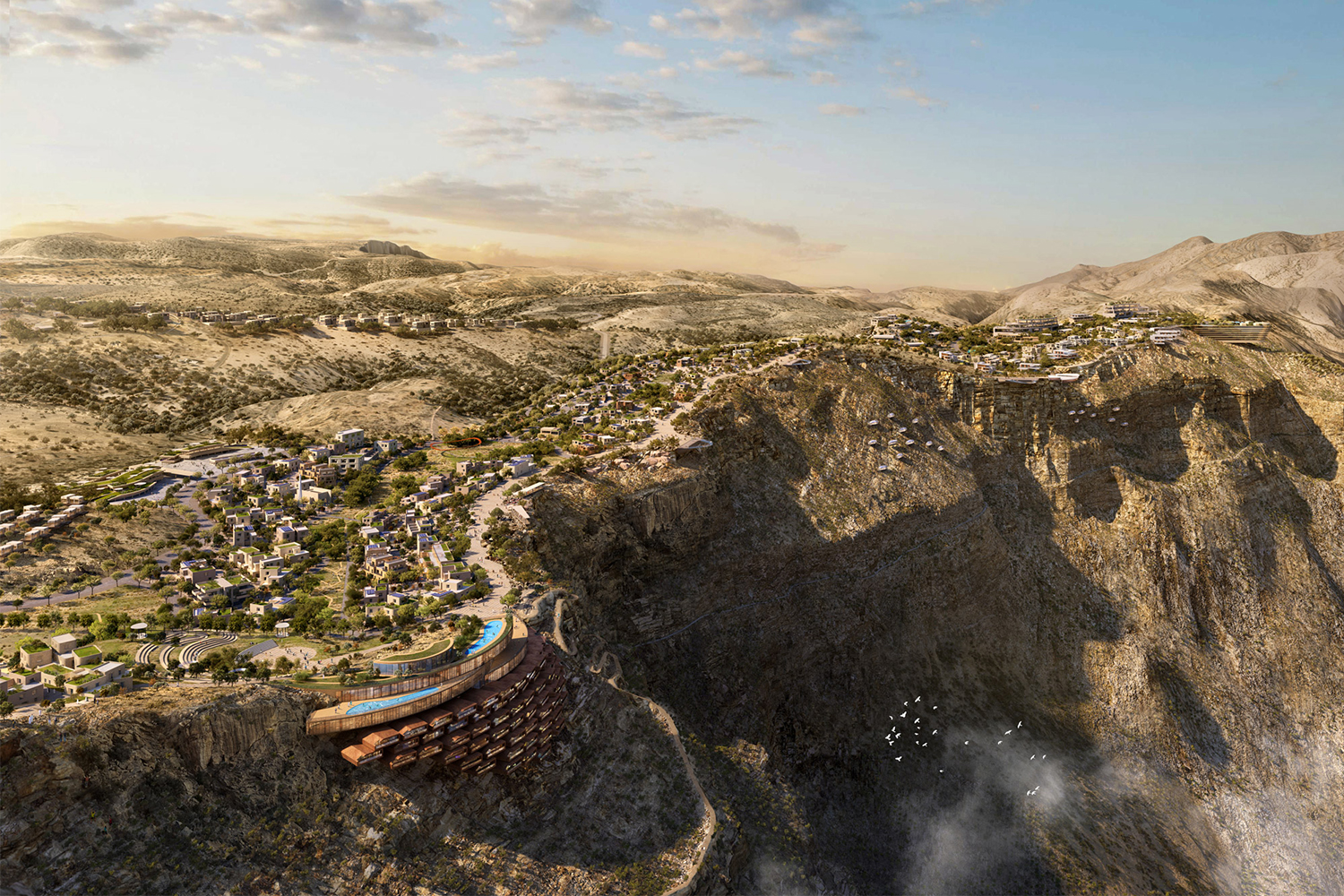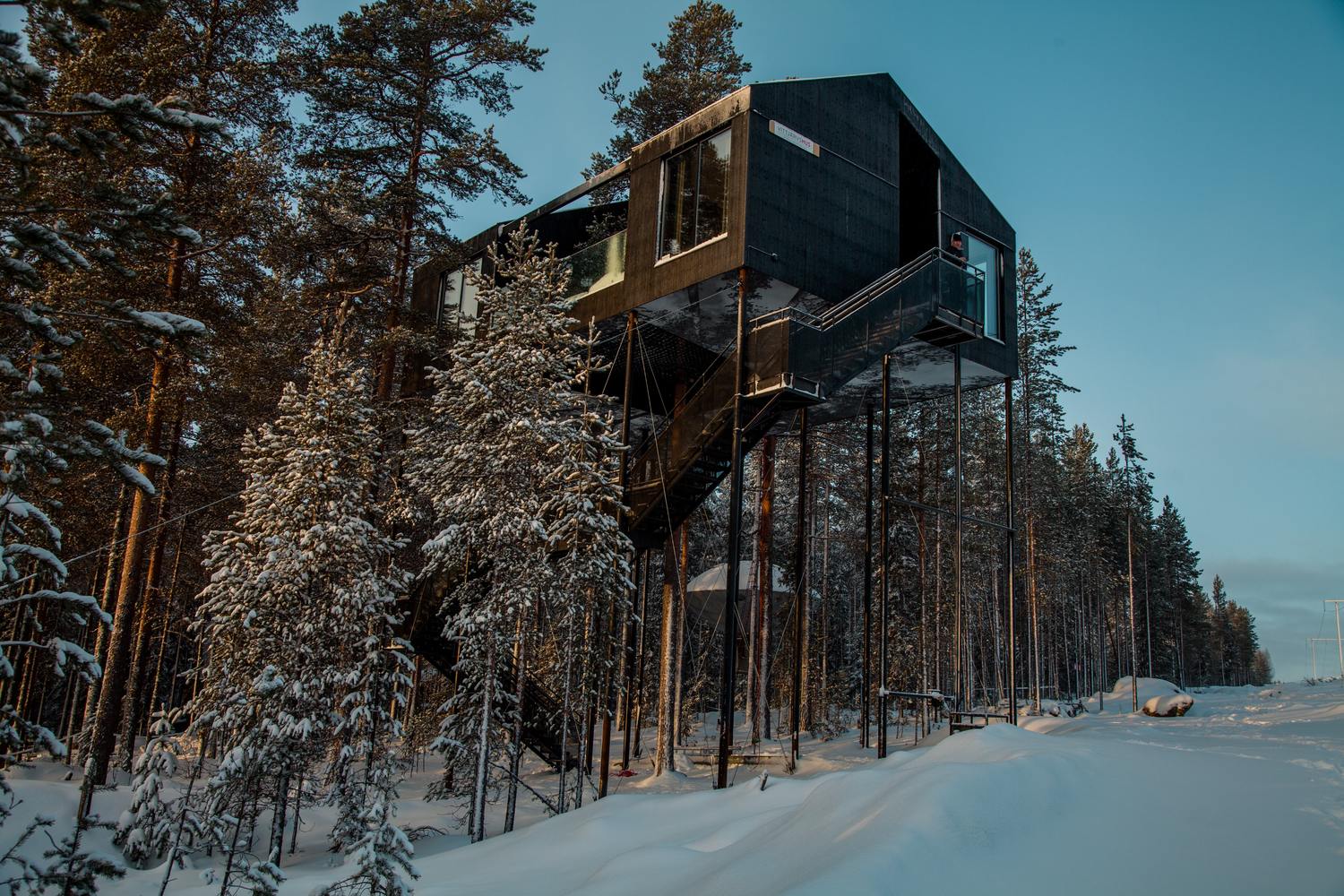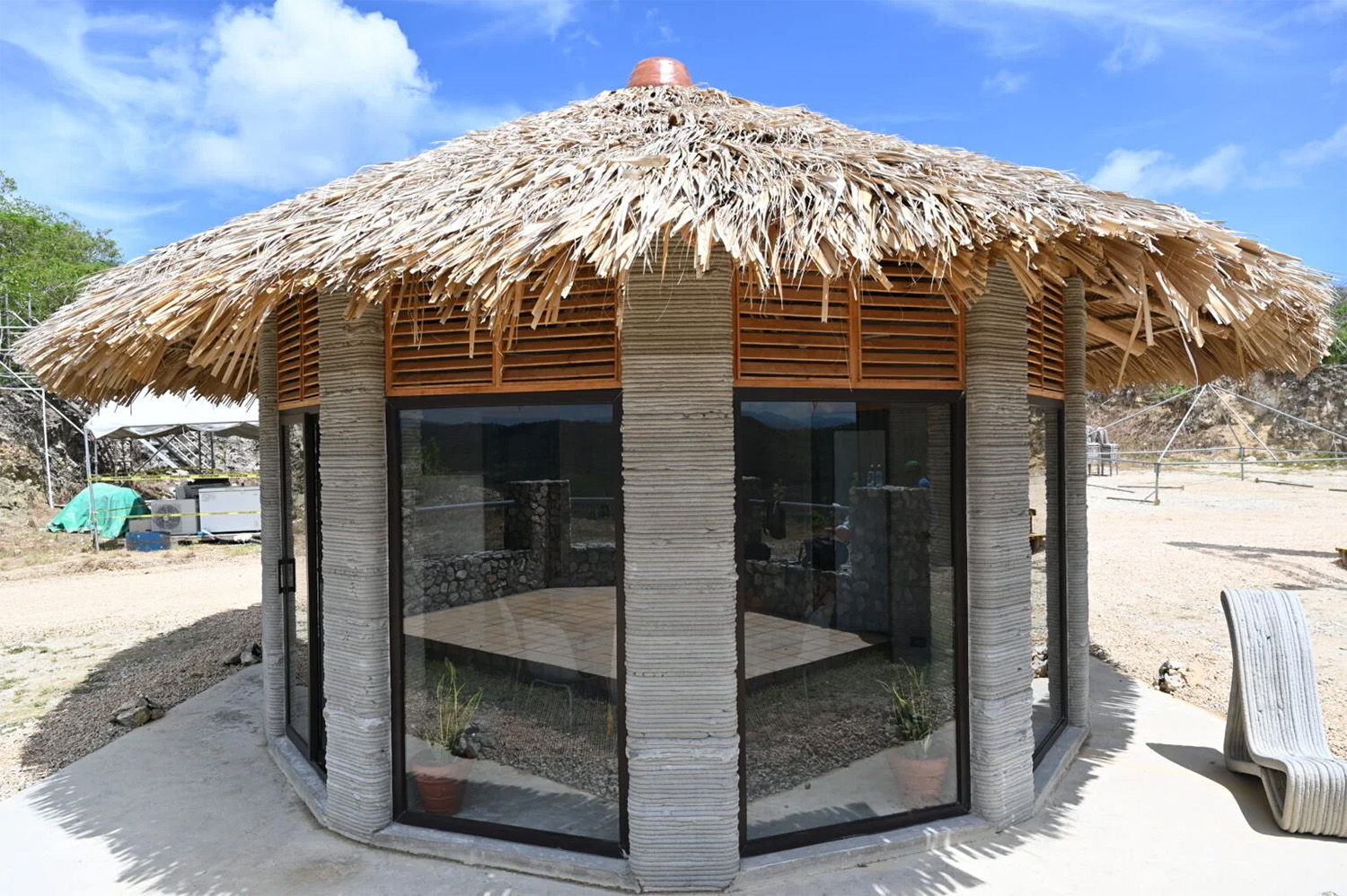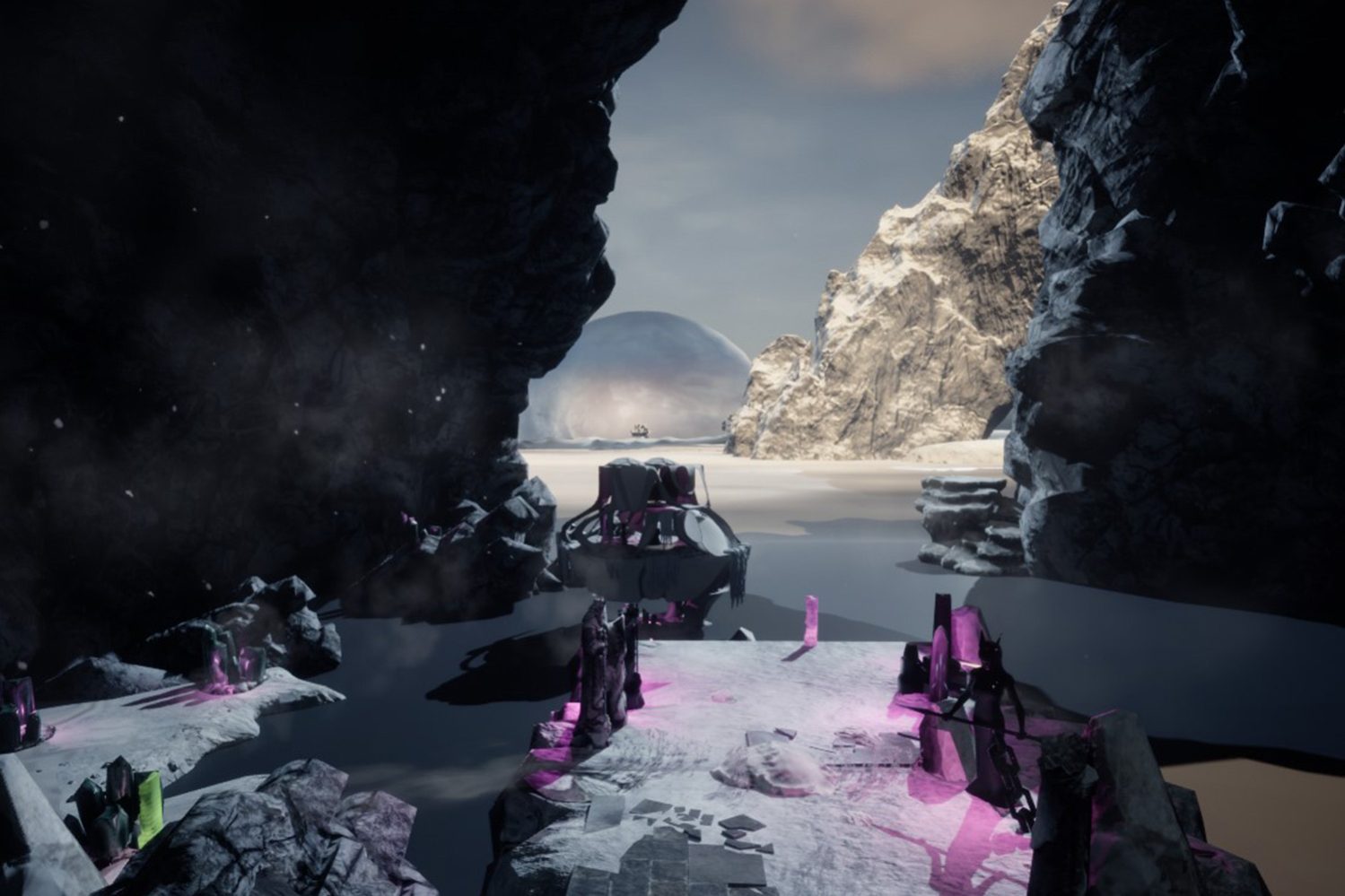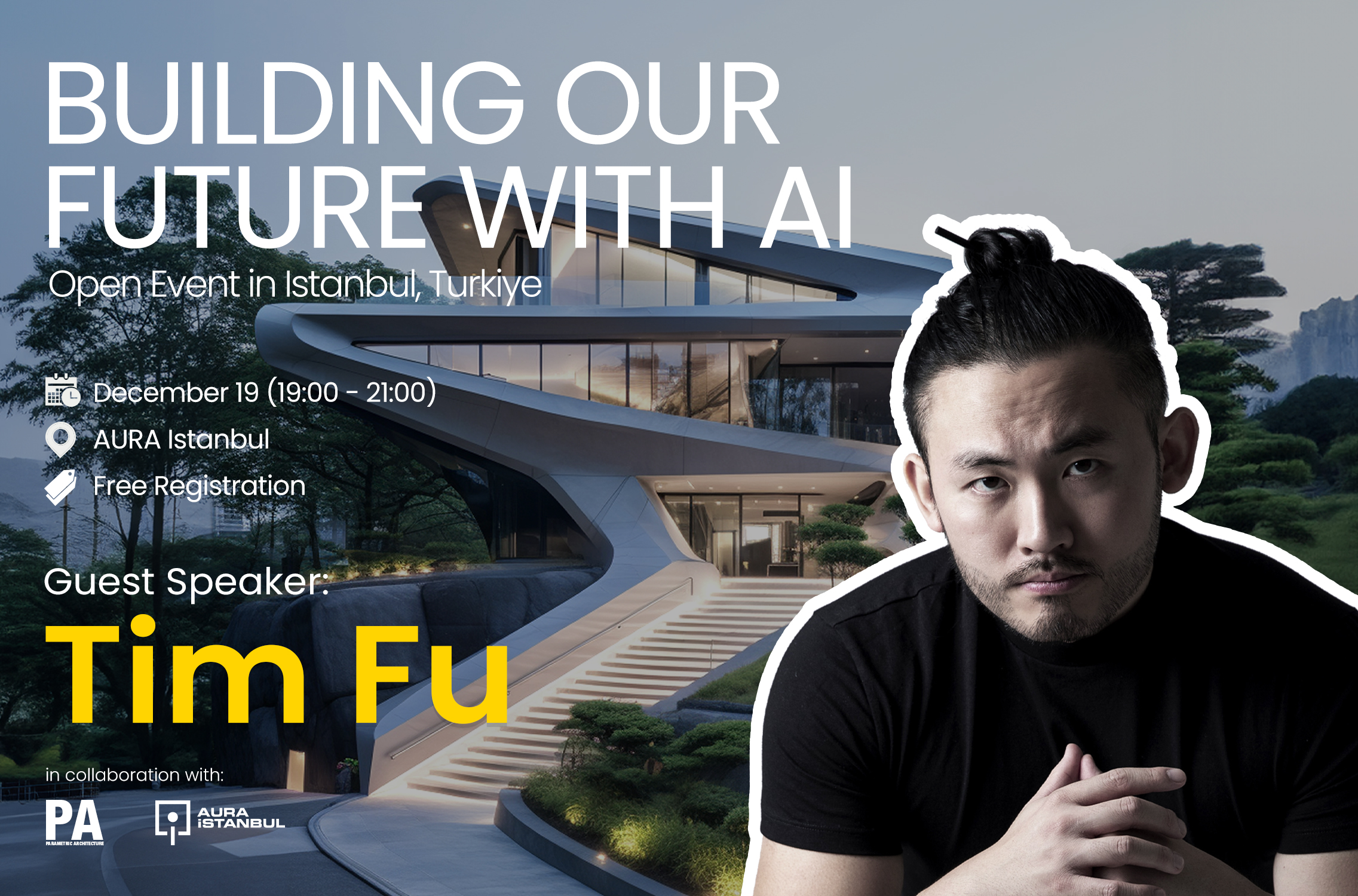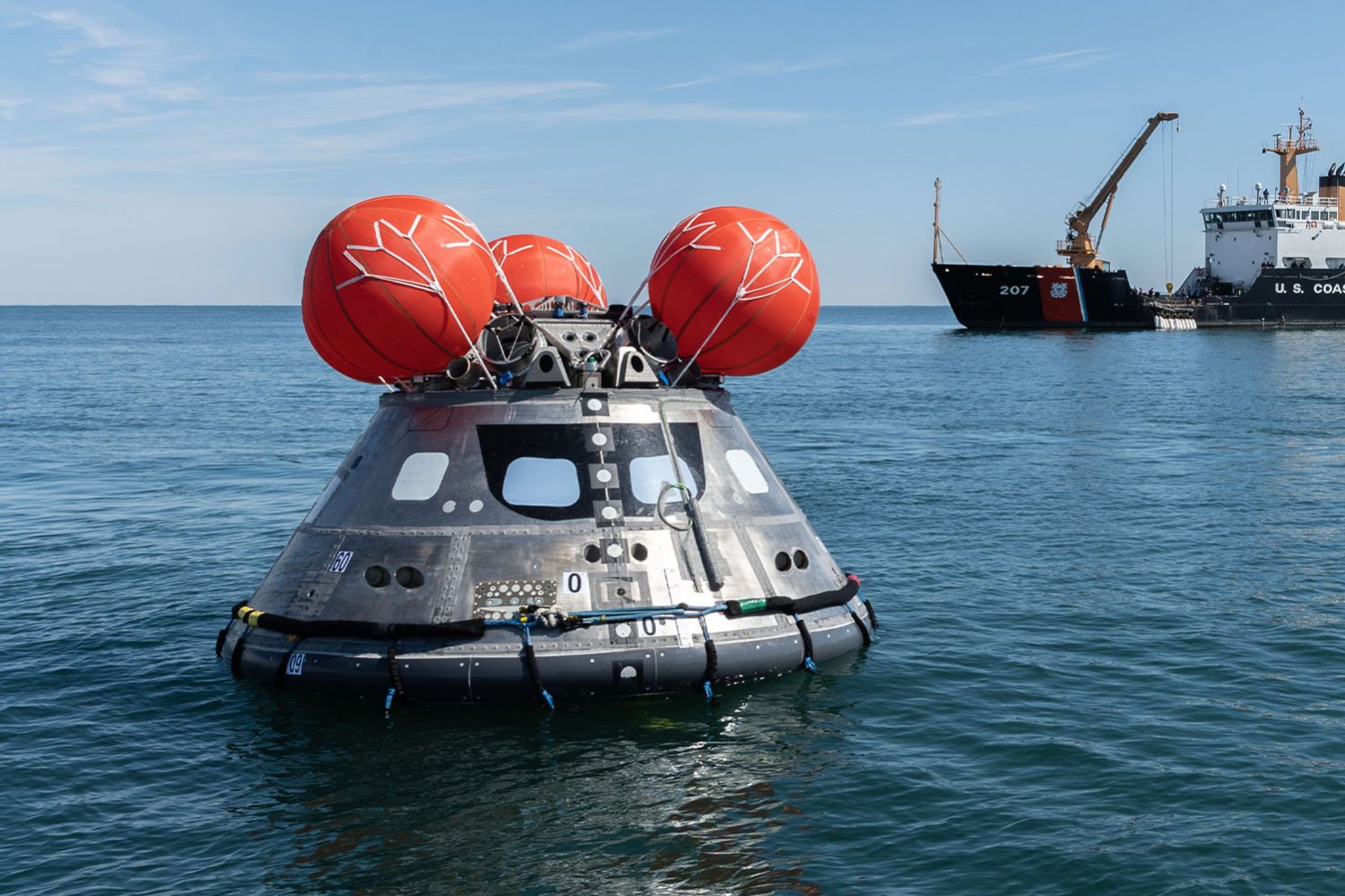
Joshua Vermillion is an associate professor at the University of Nevada, School of Architecture. While his recent teaching has concentrated on fundamental design principles, his research focuses on architectural applications of computational design methods and parametric design, digital fabrication tools and techniques, robotics and responsive systems, and other emerging technologies.
Joshua explained his AI experience and digital works to PA. Let’s take a look!
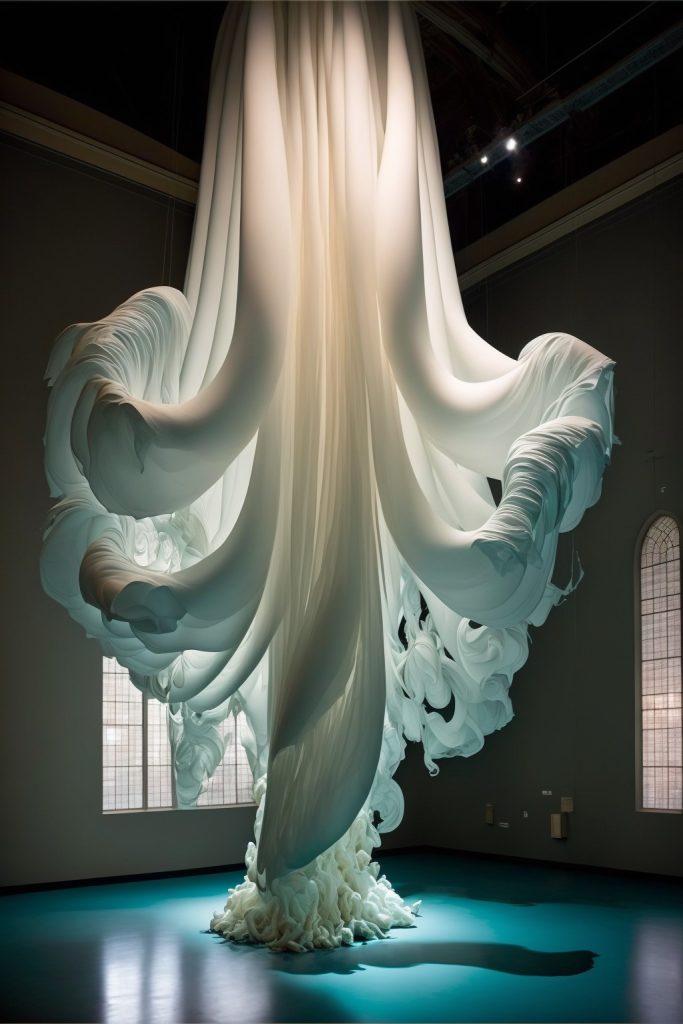
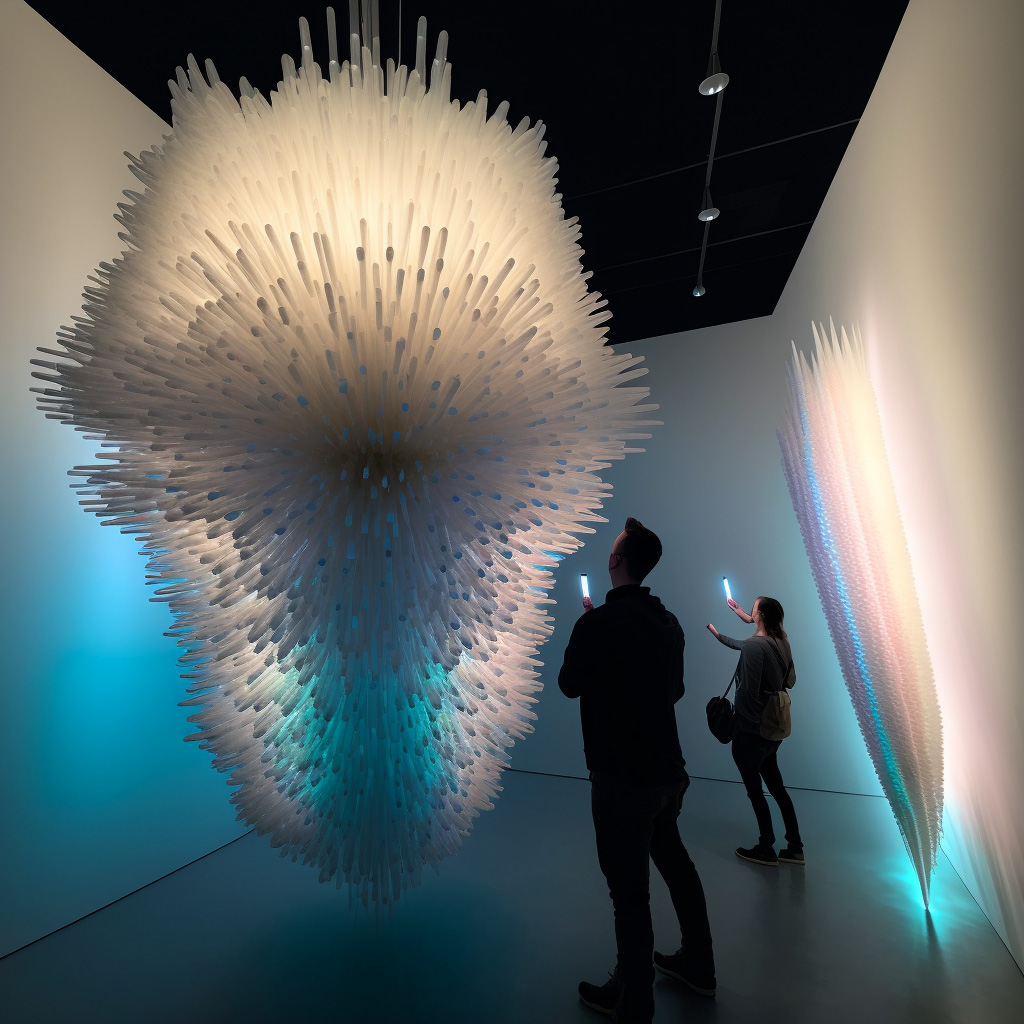
Joshua has been using MidJourney’s and Stable Diffusion’s diffusion models to quickly interrogate ideas that come to me—much in the same way, traditionally, that we’ve used sketchbooks and a pen or pencil. One thing that stands out to his has been the models’ sense of materiality. The models and especially MidJourney really seem to learn many interesting and expressive qualities of material patterns, textures, and grains.
Always “searching” / “mining” for good material patterns, textures, forms, operations, and other effects. As with form-finding experiments, happy accidents are always welcome and indeed sought after.
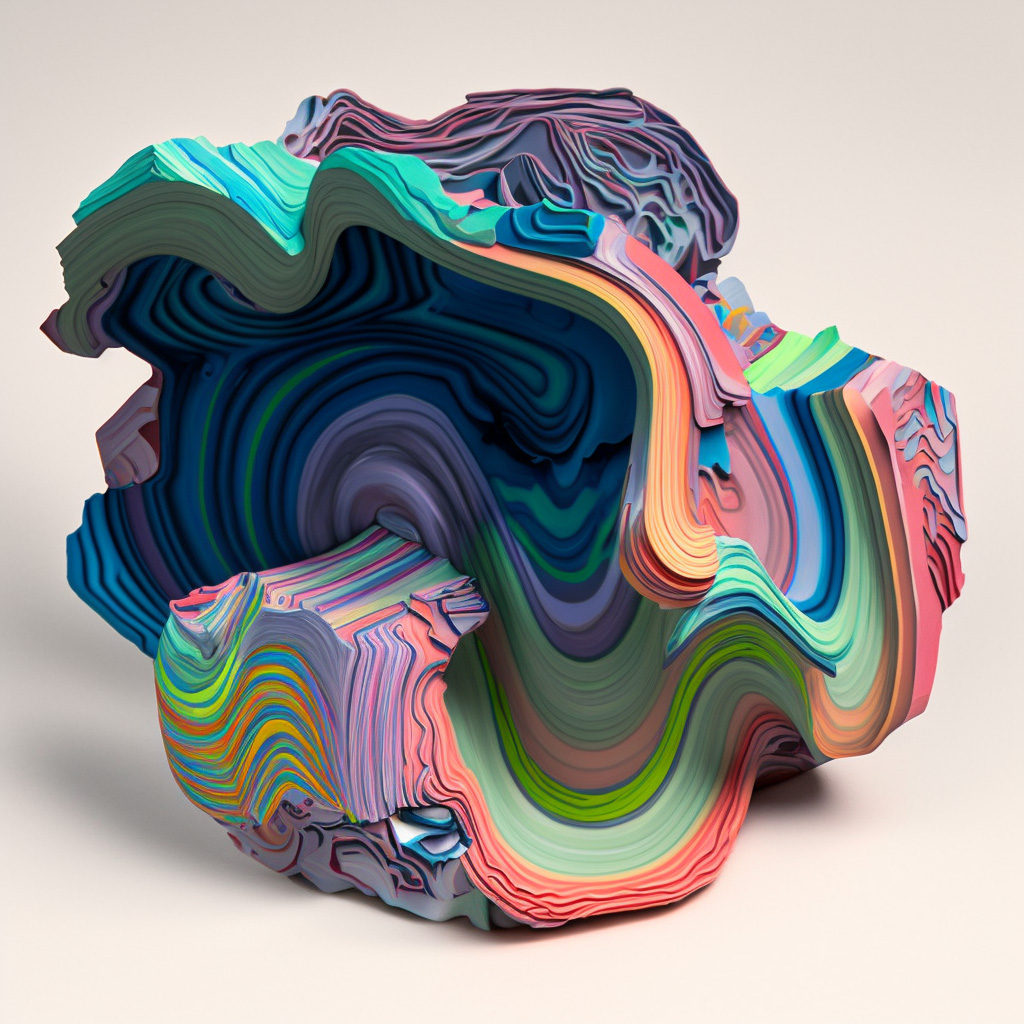
And Joshua thinks that’s part of what makes the imagery so satisfying when adding materials. He thinks we are drawn to images that have strong tactile qualities as if we could reach the screen and start feeling these materials.
But beyond that, Joshua believes these models have a very naive understanding of the things we write about in our prompts. He finds himself purposely not using certain common words to refer to architecture, mainly because the models tend to refer to some of the most pedestrian (and probably most common) examples of “building” or “house” or “door”, etc that it was trained with.
Often when writing prompts He is looking for language that can help subvert the model’s tendency to generate the mundane, the literal, or the obvious. Referring to materials can help with this.
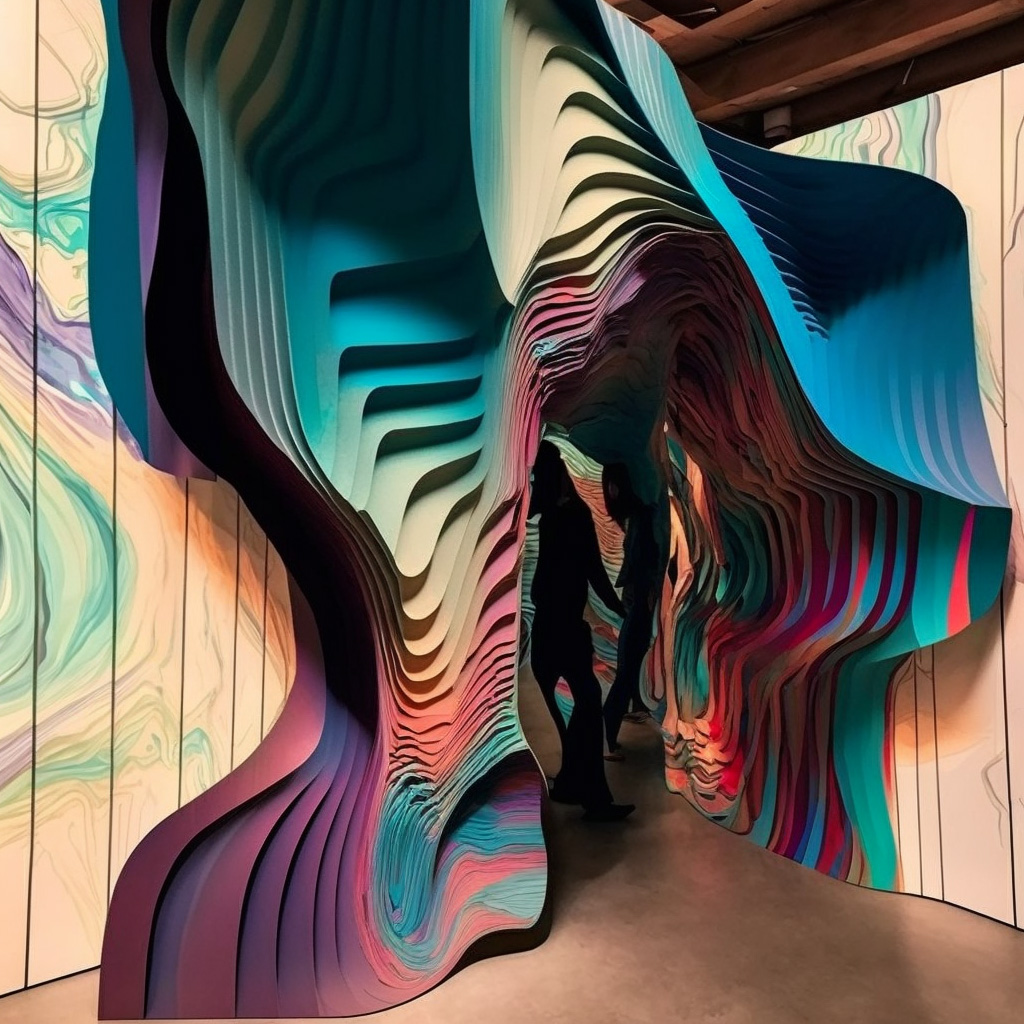
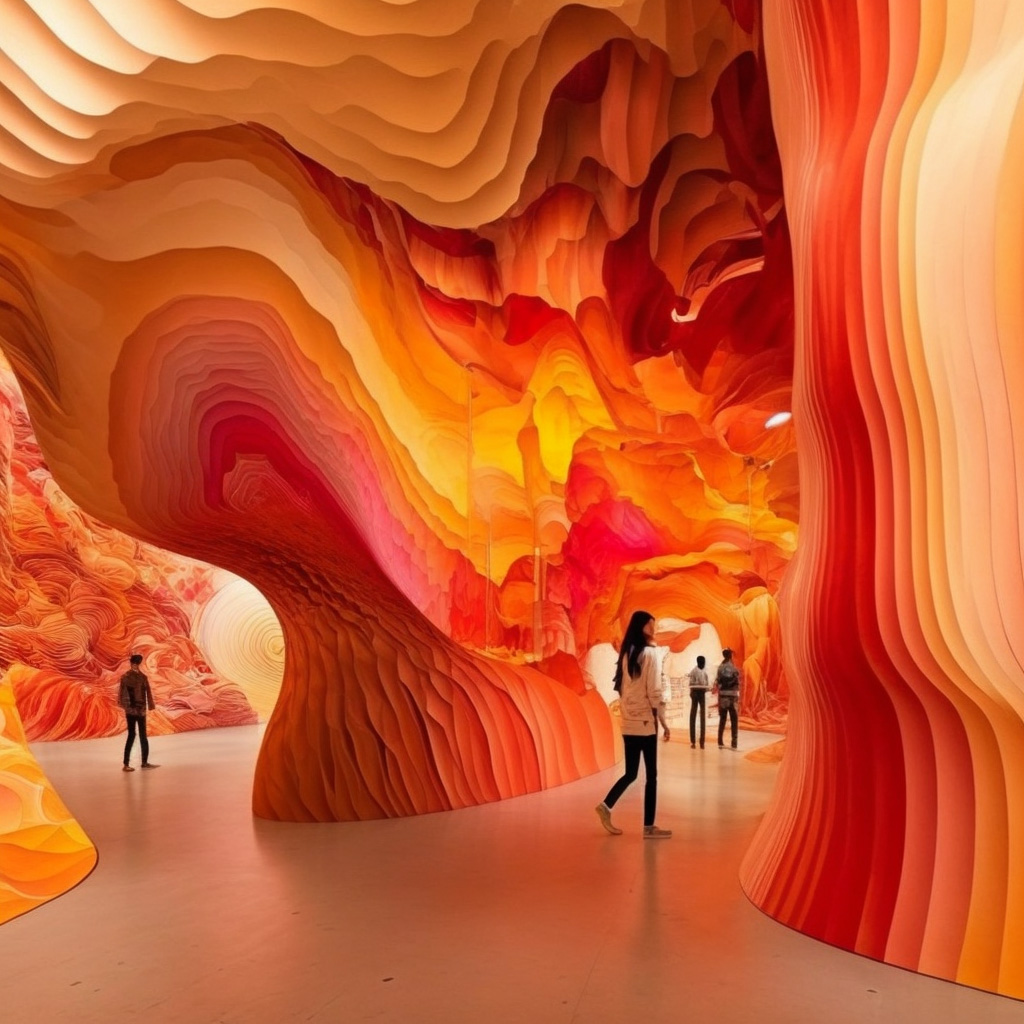
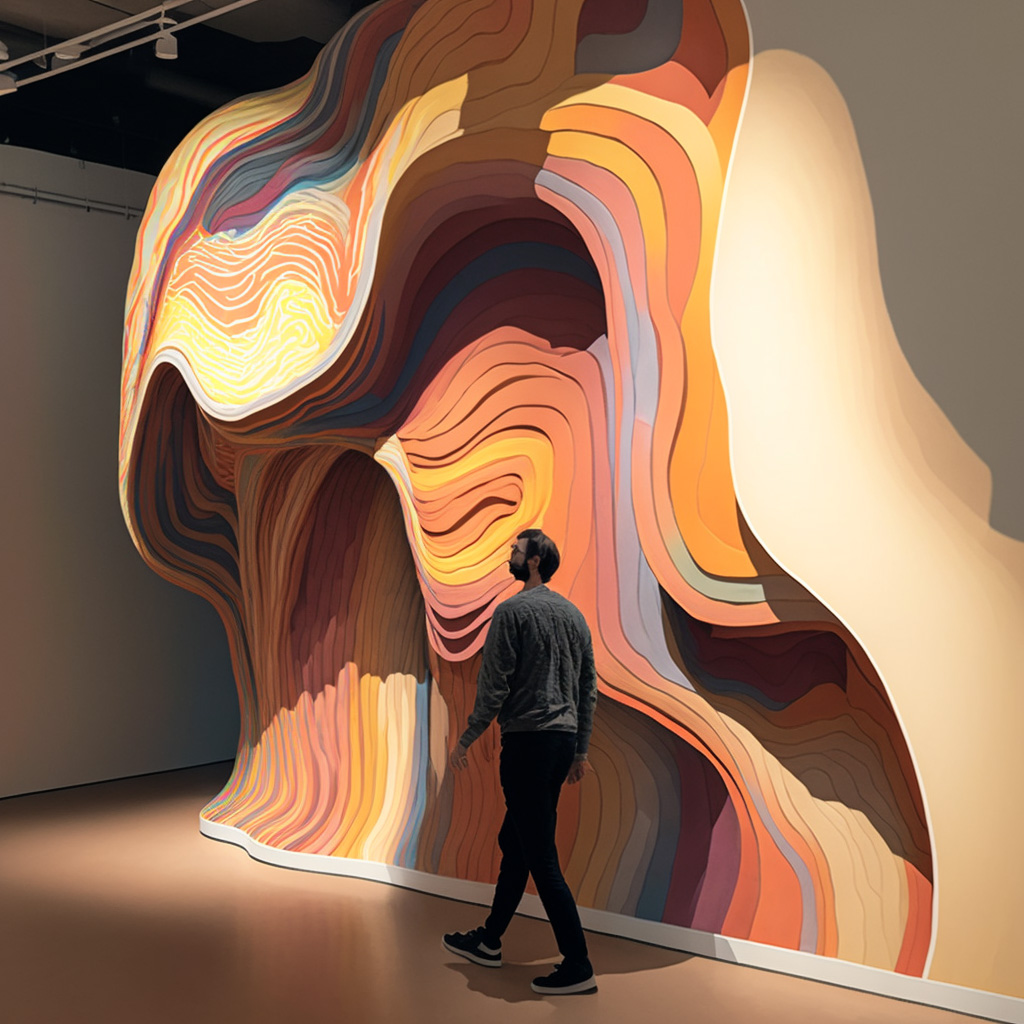
According to Joshua, It can bring the model out of its comfort zone, so to say, in order to create some intriguing results. The qualities that we assign to materials when we write about them—folded or weathered or polished or wrinkly, corbeled, vaulted, woven, stacked, bent—begin to inform the geometries, effects, and atmospherics that are generated.
Joshua has begun having his students use MidJourney to investigate their ideas in parallel with a fairly conventional design studio which in turn can bring the students out of their own comfort zone. According to him, teaching at a minority-serving institution, many of his students are from historically excluded demographics and many are first-generation university students. Even while we develop and hone their visual skills, their writing skills are severely lacking.
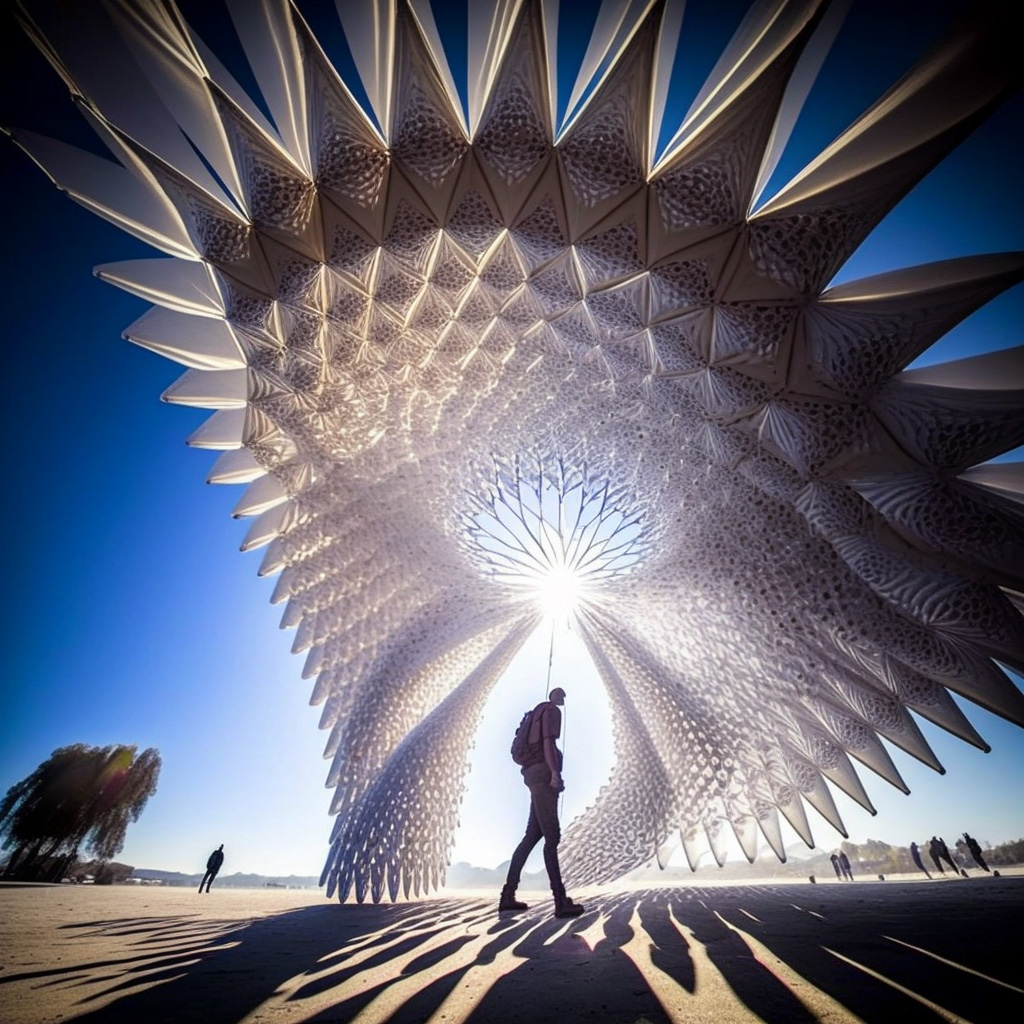
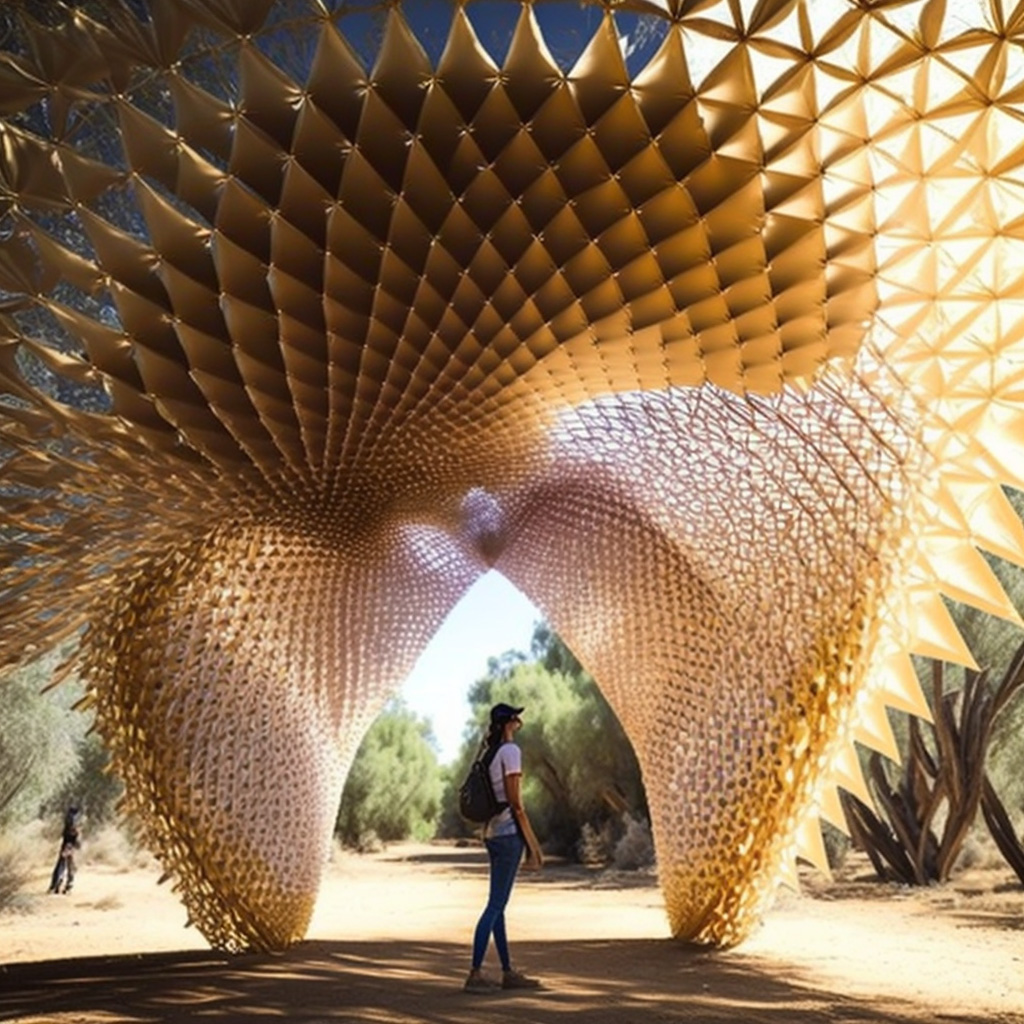
Word smithing a written prompt and then iteratively building off of it to develop one’s primary idea and objectives. With every tweak or adjustment of the prompt, the student is rewarded with visuals that suggest how much or how little descriptive language was used, providing a feedback loop for continual refinement.
The results so far are mixed but largely positive in helping students better articulate their ideas much sooner in the design process. Joshua finds this alone very promising. The visuals of course can help jump-start their thinking as well but he feels like the architecture of the prompt is crucial to them understanding the relationship between what they say and what they produce in their design studio.
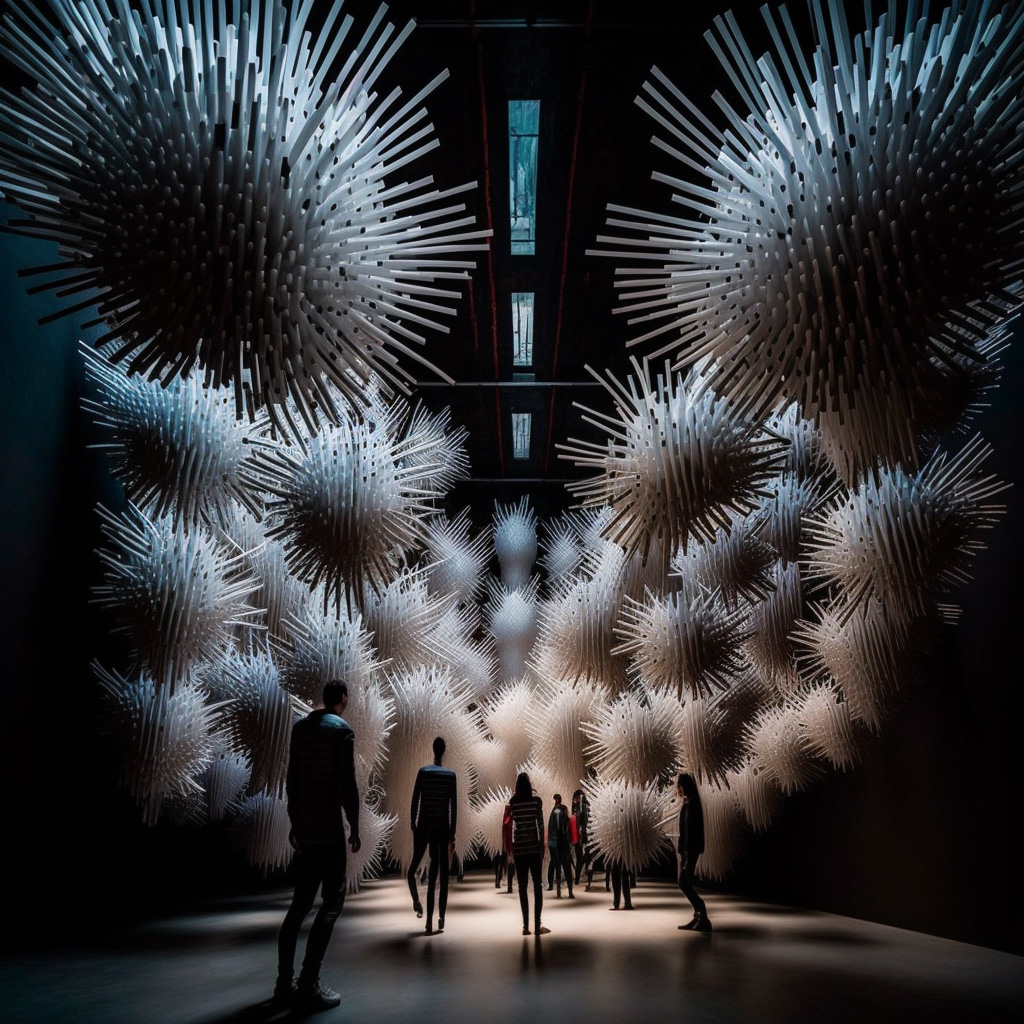
Materials, atmospherics, and effects are a large part of this. Having them express material, textural, tactile, and lighting qualities makes their design thinking much stronger. They have to ask themselves, was this machined, stacked, or formed?
They have to tap into their imaginations and their vocabularies for ways to express—in a way—a story and then see if they can make that story unfold visually. So far hasn’t come close to replacing our imaginations, but rather augmenting our imaginations.
Joshua Vermillion sees this catalog as more of a generative sketchbook of Imaginaries, ready for further exploration through a combination of tangible prototyping and virtual modeling.



